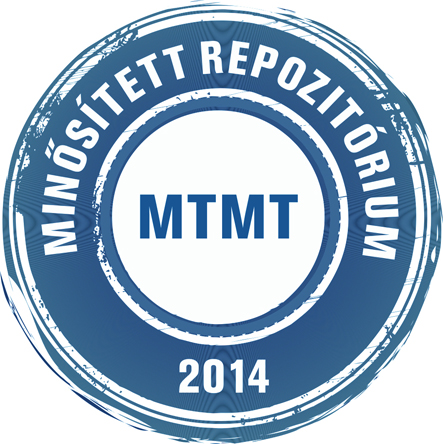Vincze Gábor: Csendőrsorsok az 1945 utáni évtizedekben : kutatási problémák és kérdőjelek = The fate of gendarmes in the decades following 1945 : research problems and question marks. In: Belvedere Meridionale, (31) 2. pp. 77-103. (2019)
Előnézet |
Cikk, tanulmány, mű
belvedere_2019_002_077-103.pdf Letöltés (165kB) | Előnézet |
Absztrakt (kivonat)
Based the French example, in 1881 the Gendarmerie, guarding order in the countryside, was founded in the Austro–Hungarian Empire as well. From that on, public safety could be described as similar to European standards. Despite of that, after 1945 the attitude of new political elite and some parts of society towards the Gendarmerie was quite negative. There weretwo keys reasons for that. A fraction of the Gendarmerie participated in the persecution of the illegal communist party’s members and followers before 1944, and took partin the deportation of the countryside Jews in 1944. However, when the Gendarmerie was dissolved on 10 May 1945, it was not for the latter but specifically for political reasons.After passing the legislation, former gendarmes were viewed ascollectively guilty and second-rate citizens, even if they had committed no crime at all. Gendarmes fleeing West from the Soviet Army in the Spring of 1945 and later returning were interned, and the same faith awaited their comrades who couldreturn from Soviet prison camps in 1950 (several years of forced labour awaited the latter).The gendarme officers were declared “principal war criminals” at the people’s tribunal, a typical political tribunal, established in 1945. Seven such officers were condemned to death and were executed, possibly more than a thousand of others were given prison sentences. In 1956, several gendarmes took active part in the revolution in the countryside, many of them were convicted after the revolution was suppressed. Those freed from prisons and internment camps were kept under state security surveillance for decades, even if they had no previous conflict with the communist regime. Studying the fate of former gendarmes after 1945 shows that,from the point of taking power in 1945 until the fall of the regime, the communistsfeared them, even whenthe gendarmes were old and ill. In my study I review the problems of research, and illustrate different forms of gendarme-persecution,by presenting specific examples.
| Mű típusa: | Cikk, tanulmány, mű |
|---|---|
| Rovatcím: | Világháborús évek = Years of World War |
| Befoglaló folyóirat/kiadvány címe: | Belvedere Meridionale |
| Dátum: | 2019 |
| Kötet: | 31 |
| Szám: | 2 |
| ISSN: | 2064-5929 |
| Oldalak: | pp. 77-103 |
| Nyelv: | magyar , angol |
| Kiadó: | Belvedere Meridionale |
| Kiadás helye: | Szeged |
| Befoglaló mű URL: | http://acta.bibl.u-szeged.hu/62855/ |
| DOI: | 10.14232/belv.2019.2.5 |
| Kulcsszavak: | Magyarország története - 1945-1948, Csendőrség - Magyarország - története, Politikai terror |
| Megjegyzések: | Bibliogr.: p. 102-103. és a lábjegyzetekben ; összefoglalás angol nyelven |
| Szakterület: | 06. Bölcsészettudományok 06. Bölcsészettudományok > 06.01. Történettudomány és régészet |
| Feltöltés dátuma: | 2019. okt. 25. 08:26 |
| Utolsó módosítás: | 2025. jún. 26. 14:48 |
| URI: | http://acta.bibl.u-szeged.hu/id/eprint/62860 |
 |
Tétel nézet |



